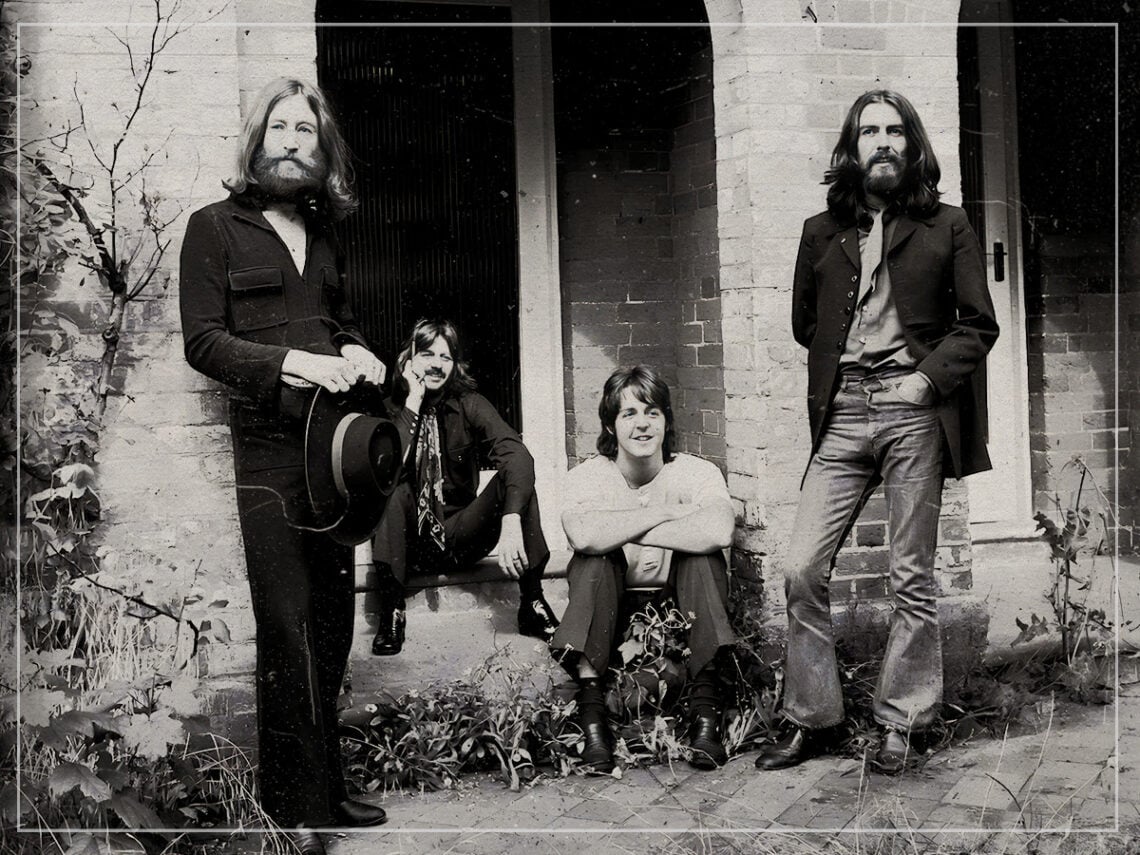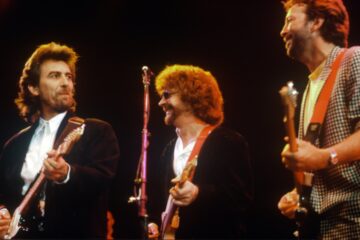Continuing the good work of Elvis Presley and Little Richard, The Beatles kept the rock ‘n’ roll flame alight in the early 1960s. After climbing the first rung from Merseyside skifflers to European rockers, the band began to receive a wildly positive response from screaming hoards thanks to early hits like ‘She Loves You’, ‘Love Me Do’ and ‘Can’t Buy Me Love’.
In February 1964, The Beatles broke America in a major breakthrough in the so-called British Invasion of the American charts. An incendiary performance on the Ed Sullivan Show promised a bright future for the band, but nobody could have foreseen the success to come. While a rock revolution was probably inevitable in the UK with or without The Beatles, they set an impressive pace, opening doors for esteemed contemporaries like The Rolling Stones, The Who and The Kinks.
Had The Beatles called it a day at the end of 1964, they would still be a common topic of conversation today. Still, their transformation through the mid-1960s from besuited heartthrobs to long-haired beatniks consolidated their immortal legacy as a cultural phenomenon. In 1965, the band began to explore a wider range of lyrical concepts, thanks in part to the emerging influence of Bob Dylan. While not technically a psychedelic album, Rubber Soul provided a foundation from which the wave formed, famously inspiring Brian Wilson to record Pet Sounds the following year.
In August 1966, The Beatles stopped touring due to the overwhelming impact of their fame, which confined them to hotel rooms. After this point, their psychedelic period ensued as they channelled all of their efforts into studio exploits. After the success of Revolver, the masterpiece album home to progressive songs like ‘Love You To’ and ‘Tomorrow Never Knows’, they sought to refresh the brand with an alter ego as Sgt. Pepper’s Lonely Hearts Club Band.
Sgt. Pepper was, without a doubt, The Beatles’ most quintessential psych-rock album. However, over time, The Beatles themselves drew many criticisms from the project. While George Harrison had enjoyed recording Rubber Soul and Revolver, he had very little time for Paul McCartney’s idea of a fictitious band and felt detached from the band. With his heart still in India, the only song he truly backed was ‘Within You Without You’.
Speaking in The Beatles: Anthology, Harrison bemoaned that the Sgt. Pepper sessions became “an assembly process” and recalled that most of “the time, it ended up with just Paul playing the piano and Ringo keeping the tempo, and we weren’t allowed to play as a band as much.” Undoubtedly, this situation stemmed from the band’s newfound status as a studio-based group.
Ringo Starr echoed Harrison’s sentiments about Sgt. Pepper, remembering that he was “largely bored” during the sessions. He added: “The biggest memory I have of Sgt. Pepper … is I learned to play chess.” The dissonance between the members is reflected in the unbalanced nature of the finished product. While Sgt. Pepper is undoubtedly a masterwork, highlighted by songs like ‘A Day in the Life’ and ‘Lucy in the Sky’, it lacks the cohesion that McCartney’s conceptual intentions might suggest.
According to Starr, Sgt. Pepper’s crowded album cover artwork was reflected in the studio. The Fab Four were joined by a host of session musicians and collaborators. By comparison, the follow-up, The Beatles, often called “The White Album”, was a more familial affair. Crucially, at the beginning of 1968, The Beatles visited India for a spiritual retreat with Maharishi Mahesh Yogi and returned with a refreshed attitude and closeness.
Despite the band’s spiritual awakening, early in the White Album sessions, Starr began to doubt his position in The Beatles. “I went, knocked on John’s door, I said, ‘Look, you three are so close, and I’m not playing well,” Starr recalled in a conversation with The Times. “But you three are so close, I could be left out.’ And he goes, ‘I thought it was you three.’ And then I went to Paul’s, you know, ‘Knock, knock, knock.’ And I said, ‘You three are so close, and I feel…’ And he said, ‘I thought it was you three.’ So I said, ‘I’m leaving the band, I’m going.’ I took Maureen and two of my kids. We only had two then, to Sardinia.”
Starr had a chance to unwind in Sardinia and even drafted the lyrics for ‘Octopus’s Garden’ on Peter Sellers’ yacht. After several weeks, during which McCartney recorded drum tracks for ‘Back in the U.S.S.R.’ and ‘Dear Prudence’, The Beales sent a telegram to Starr asking him to return. “I came back, and George had the whole studio decorated in flowers,” Starr recalled warmly. “And we made the White Album, which, for me, is one of the best albums.”
Though the 1968 album reminds Starr of his wobble, it also reminds him of one of the band’s most cohesive and enjoyable moments upon his return. Sadly, this would be the last time all four members shared a studio together with such a friendly atmosphere.
“I mean, Pepper, you can’t put it down, but there were a lot of other people in it,” Starr continued to explain. “Whereas on the White Album, we were back to being a band. No separation. Amps, drums, John singing. We were rocking. We were back to being a band, and that’s what I feel we did best.”
Indeed, the “White Album” was one of The Beatles’ finest albums. It included enduring classics like ‘While My Guitar Gently Weeps’, ‘Blackbird’, ‘Happiness Is a Warm Gun’ and ‘I’m So Tired’. Though some fans adore the album for its wild variety of tracks, others criticise it as a 90-minute double album that could have been condensed into one 12″ masterpiece and a scattering of offcuts apt for subsequent release in compilations.



